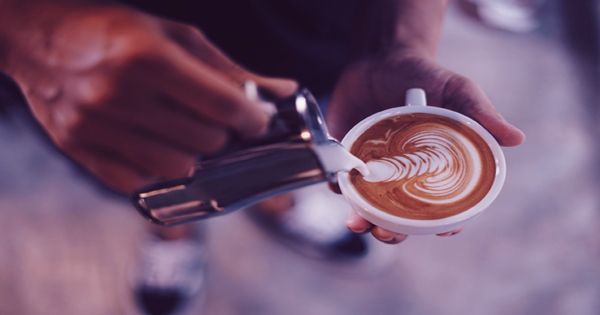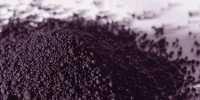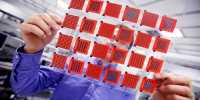If your favorite drink is an espresso, you’re probably accustomed to distinguishing between your towers. Morning coffee is a sacred drink. Fix it and you’re ready for the day, but if you make a mistake, the hours will stretch in front of you.
A study published in the journal Matter, a multi-disciplinary force in four countries, used mathematical modeling to produce more uninterrupted espresso. The answerless coffee beans, more coarse land, and less water use.
“The common knowledge is that if you want a stronger cup of coffee, your coffee should be finely ground. This is understood because fine fields mean that the surface area of the coffee bean comes in contact with water, which means a strong coffee should,” As Dr. Jamie Foster, mathematician, and co-author of the research from the University of Portsmouth, explains.
The amount of coffee dissolved in water yield of the extract is reduced, resulting in wastage of raw materials and variation in taste. In practice, the team discovered that this method results in the coffee bed being stuck – what you find in an espresso machine basket – preventing the passage of water. Not only are coffee beans finely ground, but current brewing techniques for making espresso shots rely on a relatively large filling of about 20 grams (0.7 ounces) of coffee beans.
To find the solution, the team started by creating mathematical models for a single grain coffee. The extraction yield in the whole container depends on the modeling of millions of individual grains, which are placed irregularly on the coffee bed. Add to that the variability of water pressure as it flowed through the coffee, and the team had their real problem at hand.
Dr. Chris Hendon (aka Dr. Coffee), a renowned chemist at the University of Oregon, says, “One way to achieve extraction optimization and reproducibility is to use thicker crushed and slightly less water, the other is to simply reduce the mass of coffee” and co-author the paper. Researchers have come to their conclusion by combining mathematics with espresso.
How the lithium ions were transported between the electrodes of the bag and how the coffins dissolved from the coffee beans proved to be successful for the linking team. In fact, Foster remarked that “you need more computing power to solve physics and transport equations on complex geometries like coffee beds than Google to solve them correctly.” To simplify the equations, the researchers borrowed modeling methods from electronic chemistry.
When the searches were carried out at a coffee shop in the United States, a new recipe was found to save thousands of dollars every year. If applied to the entire U.S. coffee industry, total savings per year could stand at 1.1 billion. “The main point of this paper was to give people a map for making espresso drinks that people like and then be able to make it 100 times in a row.” Hendon concluded, “A good espresso drink can be made in a lot of ways.”















